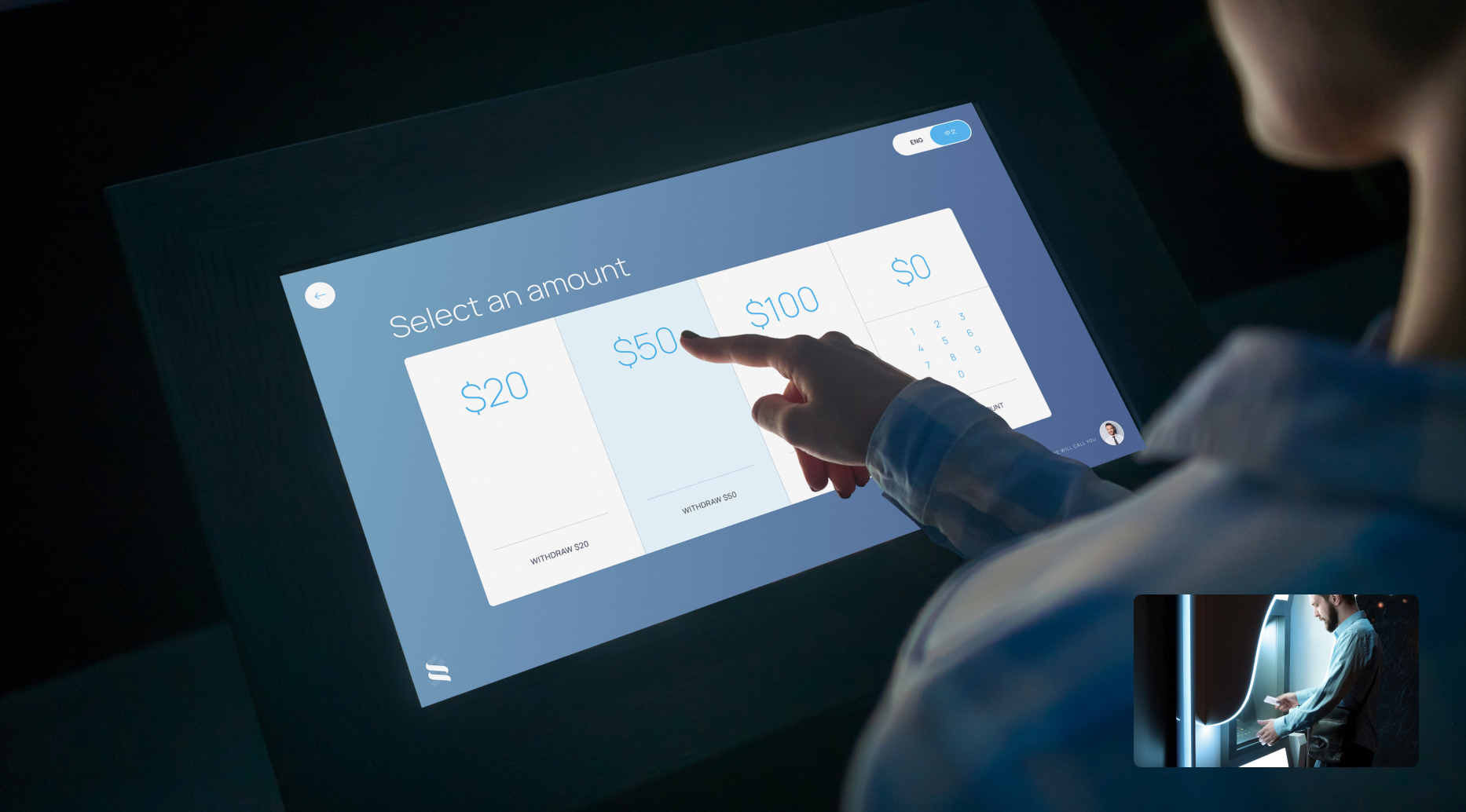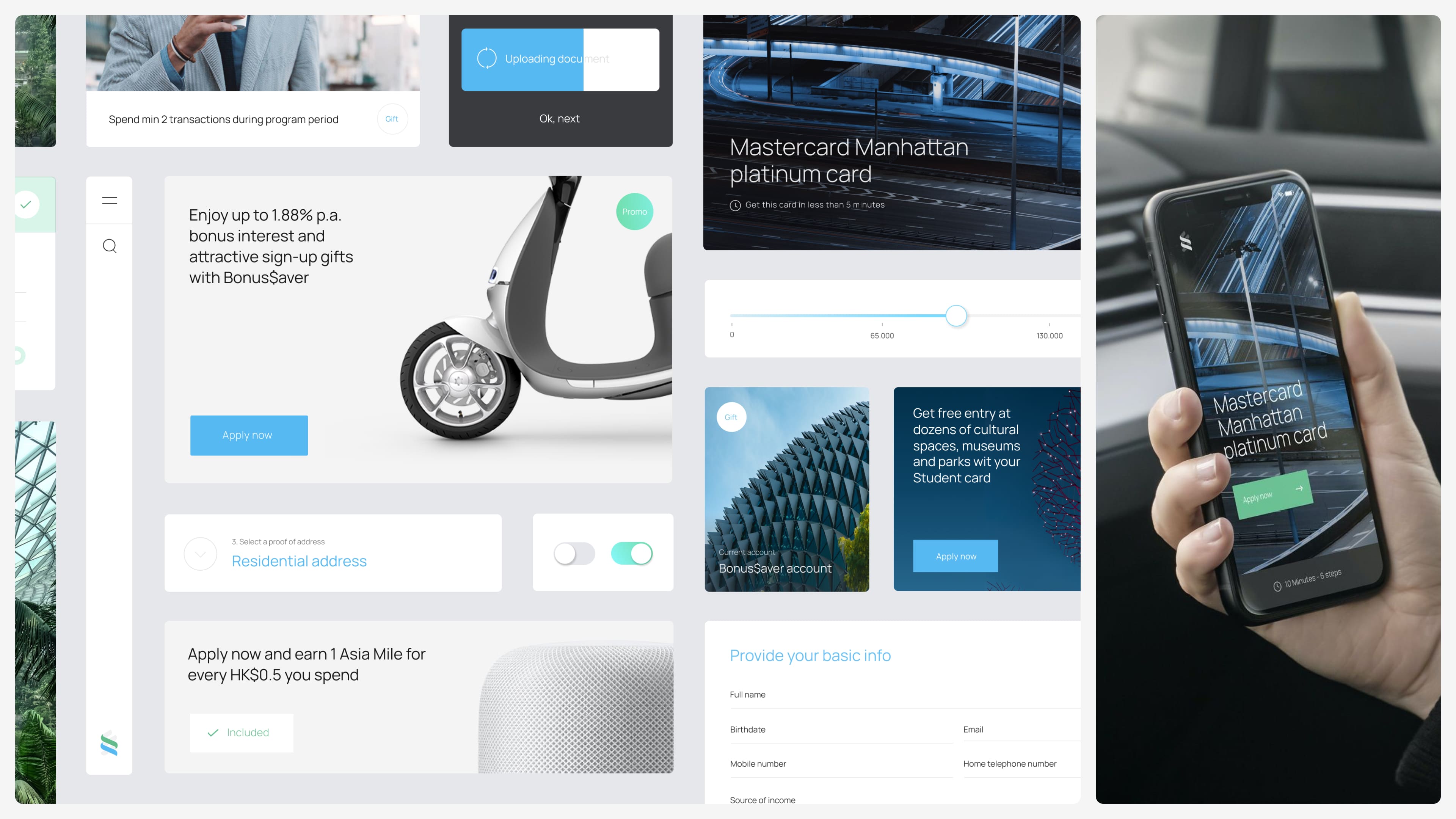As the head of Standard Chartered's global digital experience team, I led the charge to reimagine how our bank shows up across digital channels. Over three years, I directed a program that redefined the bank's digital identity—spanning retail, business, and private banking interfaces, all the way to the touchscreens on our ATMs.
We brought in Hanzo, a leading boutique design firm from Barcelona/Madrid, as a design partner not just for their fintech credentials, but because I believed they could help us push past surface-level UX improvements and into a truly strategic redesign. Together, we created a cohesive design system robust enough to sit atop legacy infrastructure, but elegant enough to modernize the full digital journey.
This wasn't just a UI facelift. It was a deep, architectural shift—linking design thinking with business ambition across every layer of the bank's digital presence.



